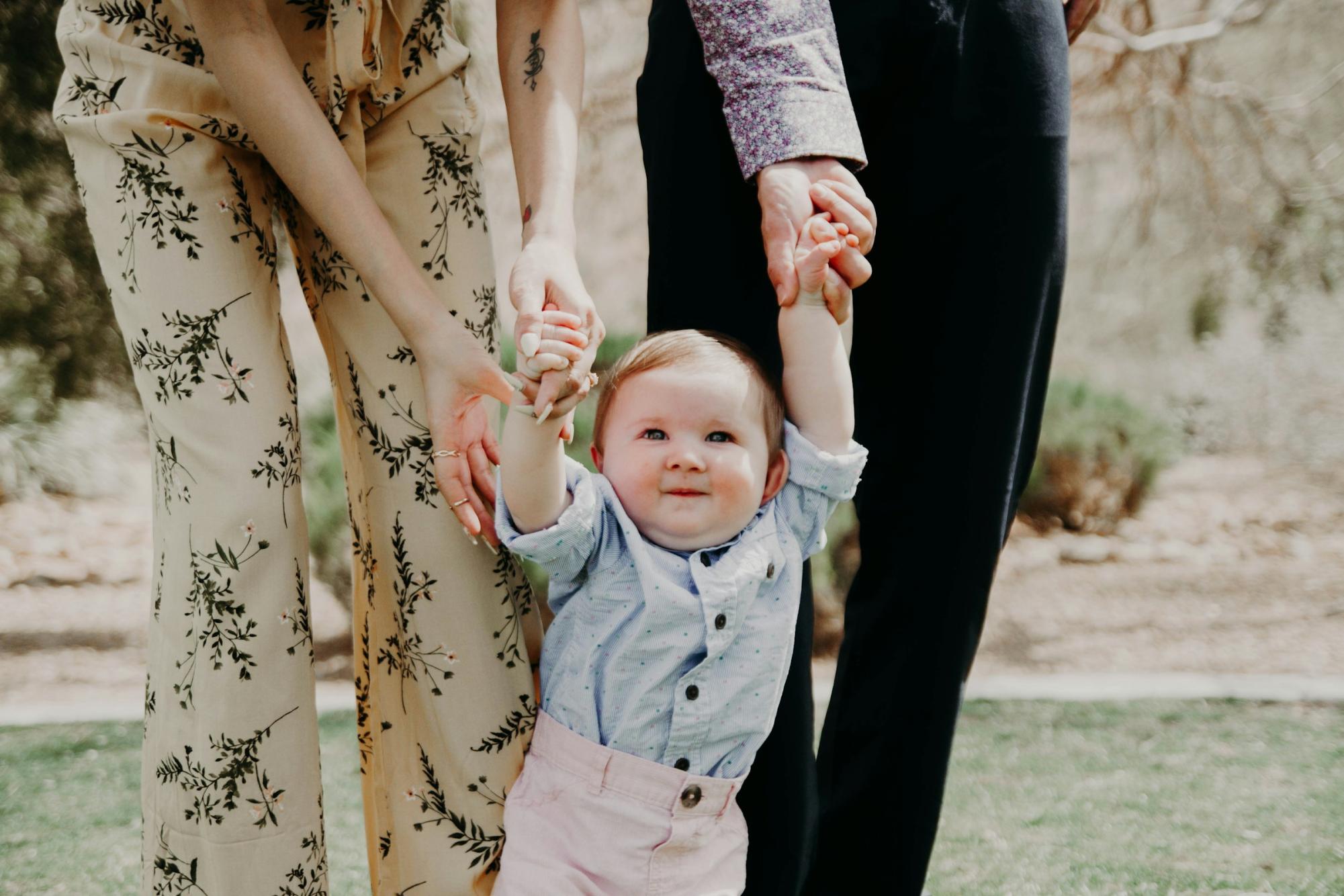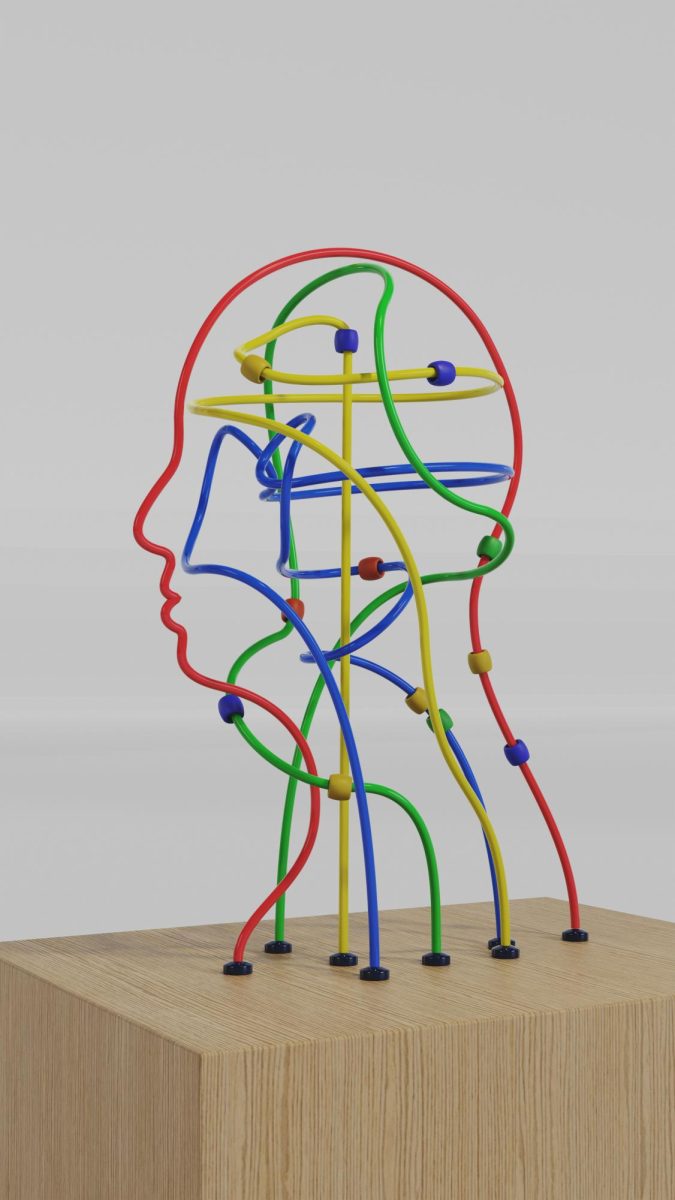(This story was originally published as The Intersection of Roe v. Wade and Adoptions in Oregon in The Elevator in June, 2022.)
A USA TODAY investigation from 2022 found that during the thirteen year period between 2008 and 2020, 66,000 children were placed into the foster care system after their adoptions failed.
The failed adoptions included the adoptions of children previously placed in foster care, private adoptions, familial adoptions, and international adoptions.
The investigation found that in the United States alone, regardless of the type of adoption, an average of twelve adoptions fail each day. That equates to nearly 4380 children who suffer the disappointment of a failed adoption annually.
The investigation further uncovered that the 12 children who might experience a failed adoption today are twice as likely to be diagnosed with mental health issues and disabilities. In addition, these 12 children are more likely to spend time in institutional placements, such as group and residential care, when compared to foster children who have never experienced a failed adoption.
Why do Adoptions Fail?
There are a number of reasons that could cause an adoption to fail. For example, an adoption might fail when a birth parent changes their mind and decides to keep the child; the adoption paperwork was incomplete or was completed incorrectly; the adoption was not processed according to state law; or a family member may come forward to take guardianship of the child.
Some states permit older children to decide whether or not they want to be adopted. This allows prospective adoptees to choose between potential adoption or to choose to wait in hopes of a reunification with their birth parents.
Why do Adoptions Fail?
When adoptions fail many children end up back in the already under-resourced Oregon foster care system.
Jennifer Blakeslee, a research associate professor at Portland State University with a PhD and masters degree specializing in Social Work, does research on how to improve foster care services for children who age out of the system.
When asked about what the biggest issue regarding the foster care system is, Blakeslee said that the lack of resources is a large issue; “we have a shortage of foster parents” and “we don’t have enough people working for the child welfare system.” Blakeslee said.
Just as the USA TODAY study showed, Oregon similarly sees about double the number of children’s mental health issues in the foster care population than in typical populations. Blakeslee agreed.
Blakeslee stated that recruiting future foster parents differently may help alleviate some resource issues that have hindered the foster care system in Oregon. Blakeslee believes that, “recruiting the kinds of people who may not think of themselves as a foster parent,” might increase the number of available foster families. By targeting recruitment efforts at those who might not typically see themselves as potential foster parents, we could see an increase in resources in Oregon.
The Department of Human Services (DHS) is an agency in Oregon that supports the wellbeing of Oregonians who are in difficult financial situations, in need of housing or nutritional assistance, and other familial needs. Each year the DHS provides assistance and services to over 1 million Oregonians.
According to Blakeslee, “The issues in the foster care system have been the same for a few decades”, those issues include the lack of appropriate compensation for foster parents, the lack of DHS staff to properly attend to their caseloads of roughly 40 families each and the lack of available resources for children who remain in foster care for extended periods.
Foster care placement is intended to be temporary, but for many older children that is not the case. With the current lack of resources, lack of foster families, and lack of services for long-time residents in foster care that Blakeslee addressed, it is important that changes are made.
Research shows that, like children of failed adoptions, children who age out of foster care also face obstacles. These young adults may face homelessness, unemployment, early parenting, and/or substance abuse.
In the DHS 2020 Child Welfare Data Book it was recorded that between the years 2013 and 2020, an average of 775 adoptions occurred each year from the foster care system in Oregon.
It was also reported that in Oregon 9,838 children have spent at least one day in foster care or other institutions. Out of these children, 1,100 have been in disability, pre-adoptive, or independent living placements. With so many children and such limited resources, finding permanent placements, including successful adoptions, is scarce.
What Does Roe v. Wade Look Like on a National Scale?
Roe v. Wade, a United States Supreme Court case that protects the rights of pregnant women to choose to have an abortion, is in danger of being overturned. This has many women afraid of losing their reproductive rights.
If Roe V. Wade is overturned; it would infringe on parts of the 4th, 9th and 14th constitutional rights of women. Specifically, it goes against a person’s right to privacy detailed in the 4th Amendment.
Currently there are six states that have no restrictions on abortions and others that permit abortions prior to the fetus’ viability.
According to a U.S News article, only two states in the nation would permit abortions throughout pregnancy: Oregon and Vermont. 13 other states would continue to permit abortions prior to viability. 22 states would almost certainly ban abortions, while 4 others would likely ban abortions and 9 are unclear.
In a Guttmacher Institute fact sheet about abortion in Vermont, it was reported that approximately 862,320 abortions occurred in the United States in 2017. Out of those abortions, 9,640 of them were in Oregon and 1300 were in Vermont. This means that just slightly over 1.25% of all US abortions in 2017 were completed in states that will continue to permit abortions regardless of the Roe v. Wade outcome.
In other words, if Roe v. Wade had been overturned in 2017, there were potentially over seventy-five thousand births that would have occurred. That represents a potential significant influx of babies that could be made available for adoption or be placed in foster care.
What will Happen if Roe v. Wade is Overturned in Oregon?
Even though Oregon has its own protections for women’s reproductive rights, many women in Oregon are still scared about the availability of these medical procedures, especially women in rural areas.
Many eastern Oregon female residents who would go to Idaho for abortion services may now be forced to travel across the state or even to another state, if Roe v. Wade is overturned and Idaho bans abortions. Consequently, many Oregonian women could have diminished access to these services even though they remain legal in Oregon.
This begs the questions, will women be forced to have their babies? Will these babies be placed for adoption? Will these babies end up in the underfunded foster care system? Will these babies receive financial assistance or benefits from other programs such as WIC, TANF, and SNAP? Will these babies end up being raised by their grandparents, who may not be able to provide adequate care for them as they age?
Where will it Go from Here?
2017 abortion statistics from Vermont indicate there is the potential for a significant increase in child births if Roe v. Wade is overturned.
Melissa Busch, a board member at The Open Adoption and Family Services in Portland Oregon, did an interview with NBC News, where she spoke about the funding and staffing for the nonprofit organization.
“We expect that we’ll see an increased need in people just generally trying to access reproductive health care, period,” Busch said.
Busch believes more people will be searching for reproductive health care. Consequently, the organization is trying to raise more funds for the probable uptake in services the nonprofit will need to provide: “There will be an increase in the workload, which our staff is prepared to do, because it’s part of our mission, but funding is always crucial.” Busch said.
According to the Centers for Disease Control and Prevention, in the years before abortion was legalized, roughly 9 percent of children born to women who had never married were put up for adoption. Since abortion was legalized, the number of children put up for adoption has declined.
Not everyone believes there will be an increase in people interested in putting their child up for adoption, such as Janice Goldwater, the chief executive officer of Adoptions Together agency in Maryland. She does not expect a spike in people coming to the agency, but will be prepared if people do.
In these uncertain times, state, federal, and non-profit agencies must prepare for the possibility of an influx of domestic adoptions. Historical data indicates there may, in fact, be an increase in children available for adoption. However, only speculations can be made, until if/when Roe v. Wade is overturned.







